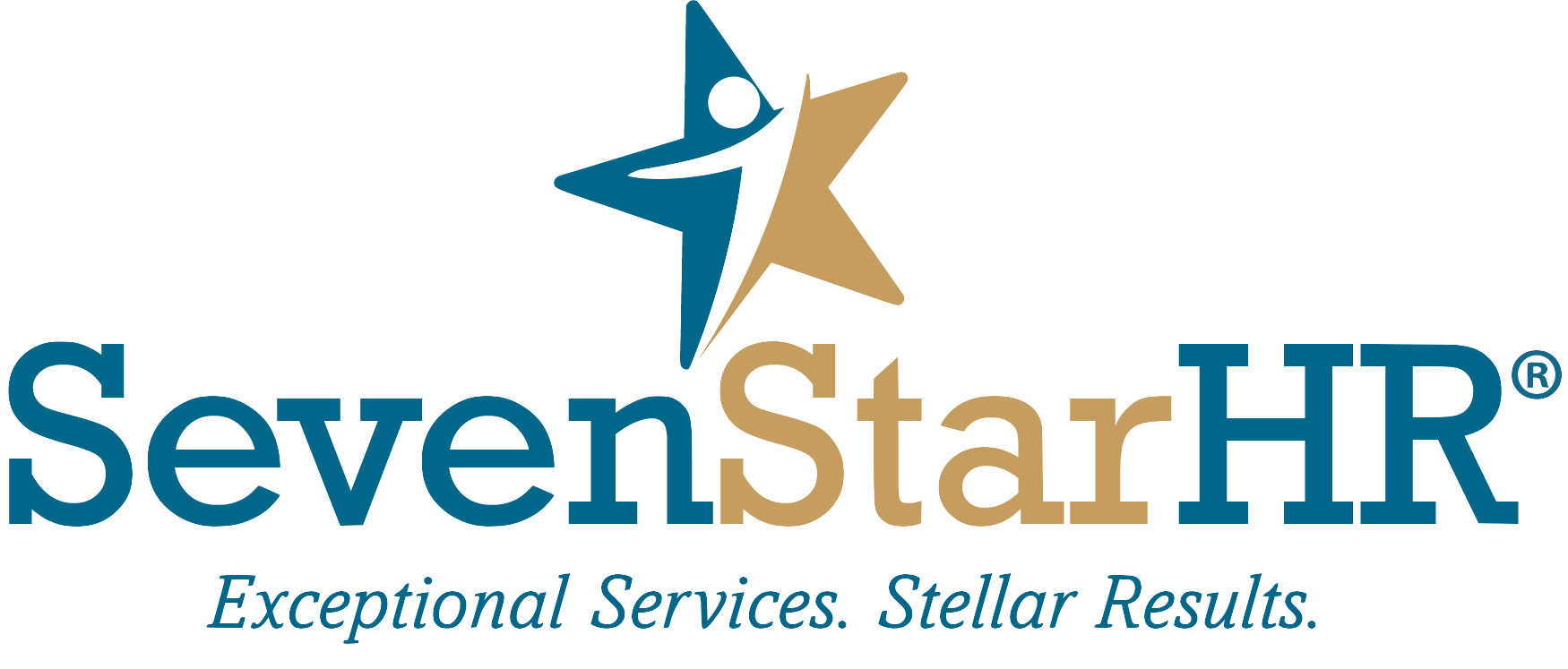What Employers Need to Know About Quiet Quitting
In recent months, “quiet quitting” has become the latest viral business buzzword, taking over social media and even making it into mainstream media coverage. Despite what you might think, quiet quitting doesn’t mean Americans are actually quitting their jobs. Rather, it refers to the act of only doing what the job requires, and no more.
What is quiet quitting, exactly?
Advocates say that quiet quitting means employees are setting healthy boundaries at work, and that it reflects the frustration and burnout employees feel from going the extra mile but not receiving recognition or compensation. Others see it as a fad encouraging employees to work to the lowest standard possible while still getting paid.
Quiet quitting might mean that an employee refuses to answer calls or emails outside of working hours, that they refuse to take on any additional tasks or projects and stay strictly within the boundaries of their job description. While the term is new, the ethos behind quiet quitting is not. “Acting your wage”, “work to rule” and the “right to disconnect” has featured in corporate discourse for the last few years, and all refer to a focus on work-life balance and self-preservation.
What employers can do to prevent quiet quitting
Whatever term you want to use for it, the main consideration for employers is employee wellbeing. Employers must create a work environment with clear expectations, compensate employees appropriately, and provide a clear path for job growth with mentorship and career development opportunities.
Here are some ways in which leaders can support employees in the era of quiet quitting:
Culture: Focus on creating and nurturing a company culture that encourages and incentivizes growth, training, and advancement. Set an example for your employees by honoring your own work boundaries (no sending emails on a Sunday, for example), provide your teams the resources they need, and don’t accept projects that are too much for them.
Performance Reviews: Use regular performance reviews to identify employee achievements and areas for improvement. Performance reviews are an opportunity to clearly communicate expectations and provide meaningful, constructive feedback to employees, along with plenty of praise! Evaluate title and pay if an employee has taken on additional work or responsibilities, and tie promotions, raises and bonuses to clearly communicated work goals.
Employee Handbooks: Handbooks are an incredibly useful tool in building a positive workplace culture, increasing efficiency, helping to mitigate conflict between employees, and providing the employer with an effective defense in the event of legal action. Review and update your handbook regularly to ensure compliance with ever-changing laws and accurately reflect company policies and practices.
Job Descriptions: The job description outlines what is expected of an employee in that role. Ensure your job descriptions are up to date and accurately reflect the duties for the position, its classification (exempt vs non-exempt), and the qualifications necessary for the role. Do this on a regular basis.
What to do if you have a quiet quitter in your team
If you notice an employee is chronically disengaged, isn’t contributing during meetings, or whom other employees are complaining about, you may have a quiet quitter. Schedule a meeting to try and discern how the employee is feeling, why they are de-motivated, and what can be done to remedy the issue. Try questions along the lines of:
How would you rate your performance?
Where do you see yourself in 1, 2, 5 years?
What are your expectations regarding your job?
Would you like to share any ideas you have for the business?
The answers you receive will likely determine your course of action. If the employee shares their concerns and engages with you positively, you can work with them to create a plan of action to try and rectify the situation. If they remain disengaged, however, the situation may not be salvageable.

